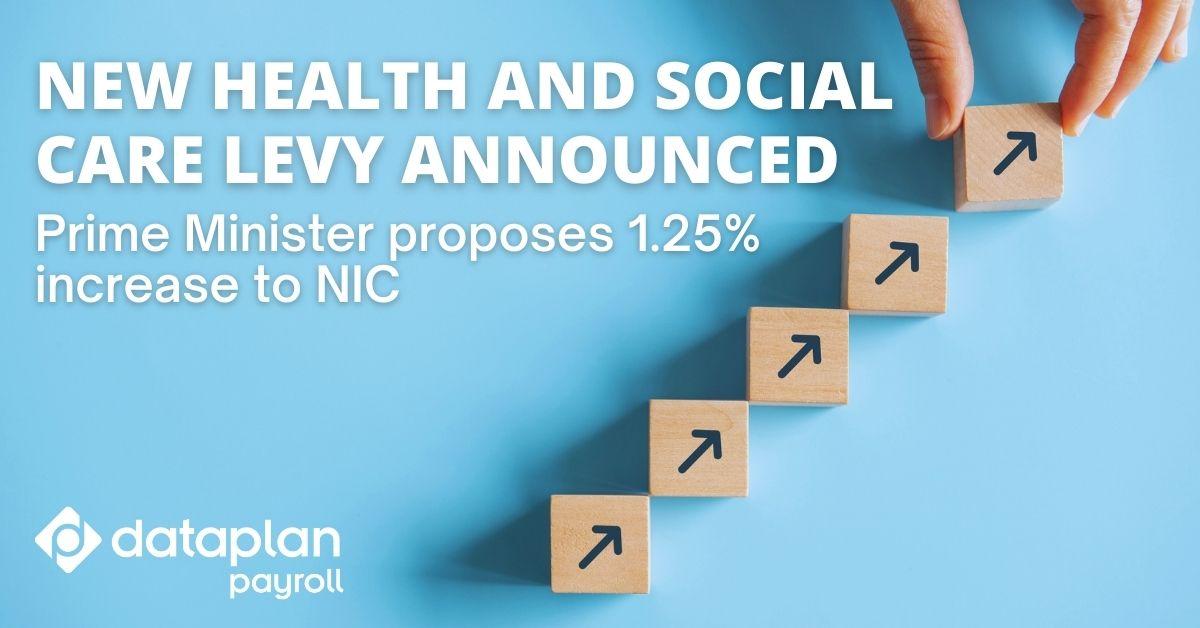
There has long been speculation that an increase in National Insurance Contributions (NIC) was on the horizon, and there has been some question about what the Prime Minister’s move would be to rescue the health and social care system which has suffered as a result of the pandemic.
Finally yesterday, on Tuesday 7th September, speculation came to an end with the Prime Minister announcing in Parliament an increase in NIC’s of 1.25% as part of a new ‘Health and Social Care Levy’. Another change which has mostly missed headlines is that those above pension age who still work from 6th April 2023 will be caught by the levy.
NIC’s increasing from 6th April 2022
The increase will come into effect on 6th April 2022 with the funds being ring fenced for Health Care and Social Care. The intention is that the increase will be for a 3 year period. However, as with most taxes, only time will tell if this increase will become permanent.
Income tax was introduced by William Pitt the Younger in the budget in December 1798 to pay for the Napoleon Wars. This ‘temporary’ tax remains with us hence the requirement for an annual Budget by the Chancellor.
The increased NIC rates will apply to ALL working employees currently paying NIC. From 6th April 2023 the levy will also apply to all employees who are above pension age and still working. Currently, those employees who reach their state retirement age and continue to work, do not pay employees NIC.
The increase will also affect employers NIC
How will the increase be accounted for through payroll? From 5th April 2022, for the whole of the 2022/23 tax year, the NIC rates will increase to 13.25% for employees and 15.05% for employers. However from April 2023, the levy will be separated out.
We don’t know how this will work at this time, however it will probably be a case that the payslips will show ‘normal’ NIC’s at the current rates on 12% for employees and 13.8% for employers, and a separate Health and Social Care Levy of 1.25% for both employees and employers.
As this is a general increase in NIC rates, these rates will also apply to workers caught by the IR35 rules, increasing the costs to employers engaging workers through Limited Companies who are caught by those rules.
It is yet to be confirmed if the increase to employers NIC will also affect Class 1A (benefits in kind and termination payments) and Class 1B NIC’s (PAYE Settlement Agreements).
The implication here is that the levy is a temporary measure (as was William Pitts) but time will tell.
Preparing for the increase to NIC
When the detailed information is released we will provide a more detailed update. However, rest assured that our systems will undertake all the relevant calculations in accordance with the soon to be published legislation.
Dataplan are one of the UK’s leading providers of specialist payroll and associated services.
From payroll outsourcing and pension service management to ePayslips and gender pay gap reporting; we have a solution for you and your business.
